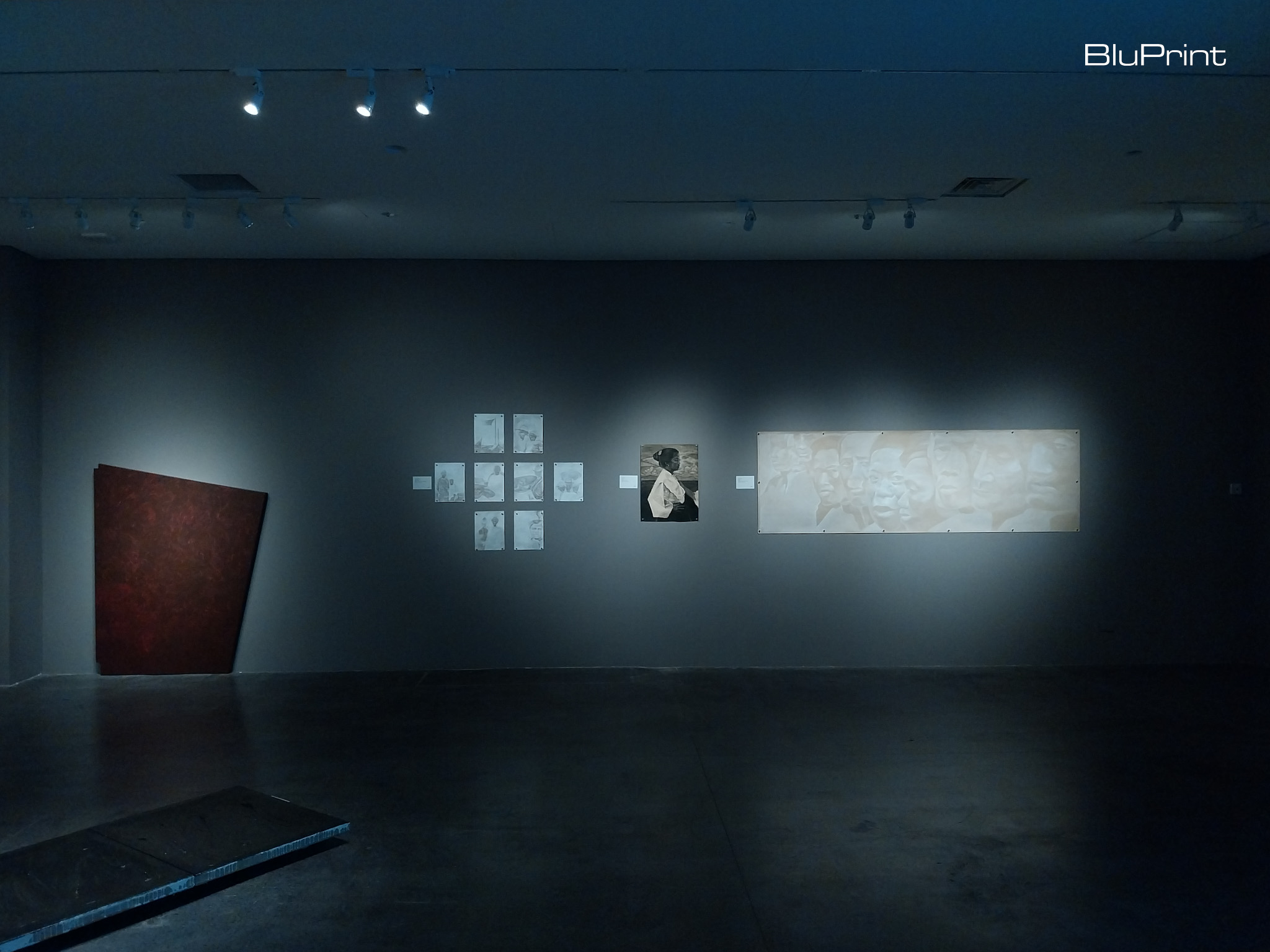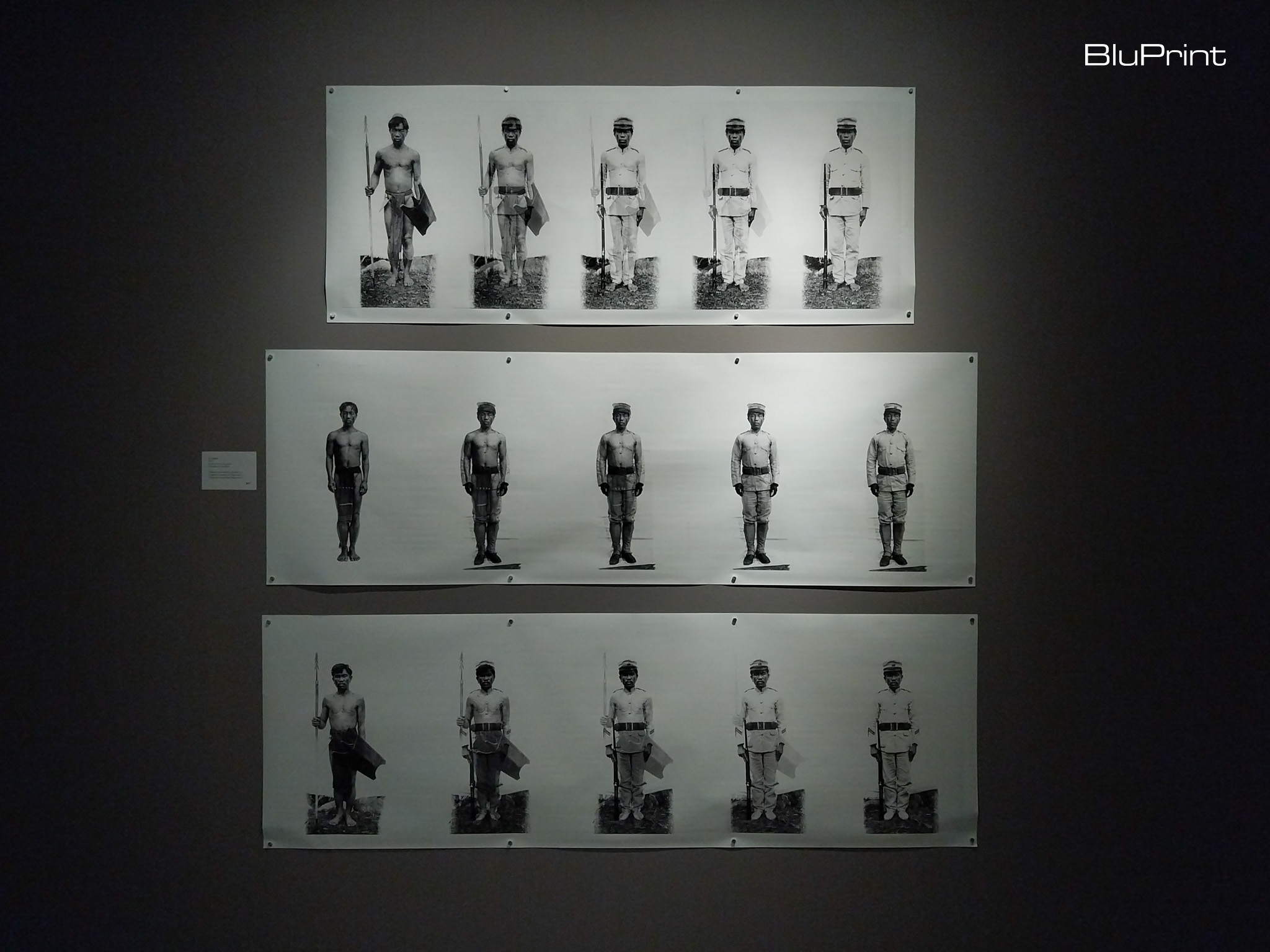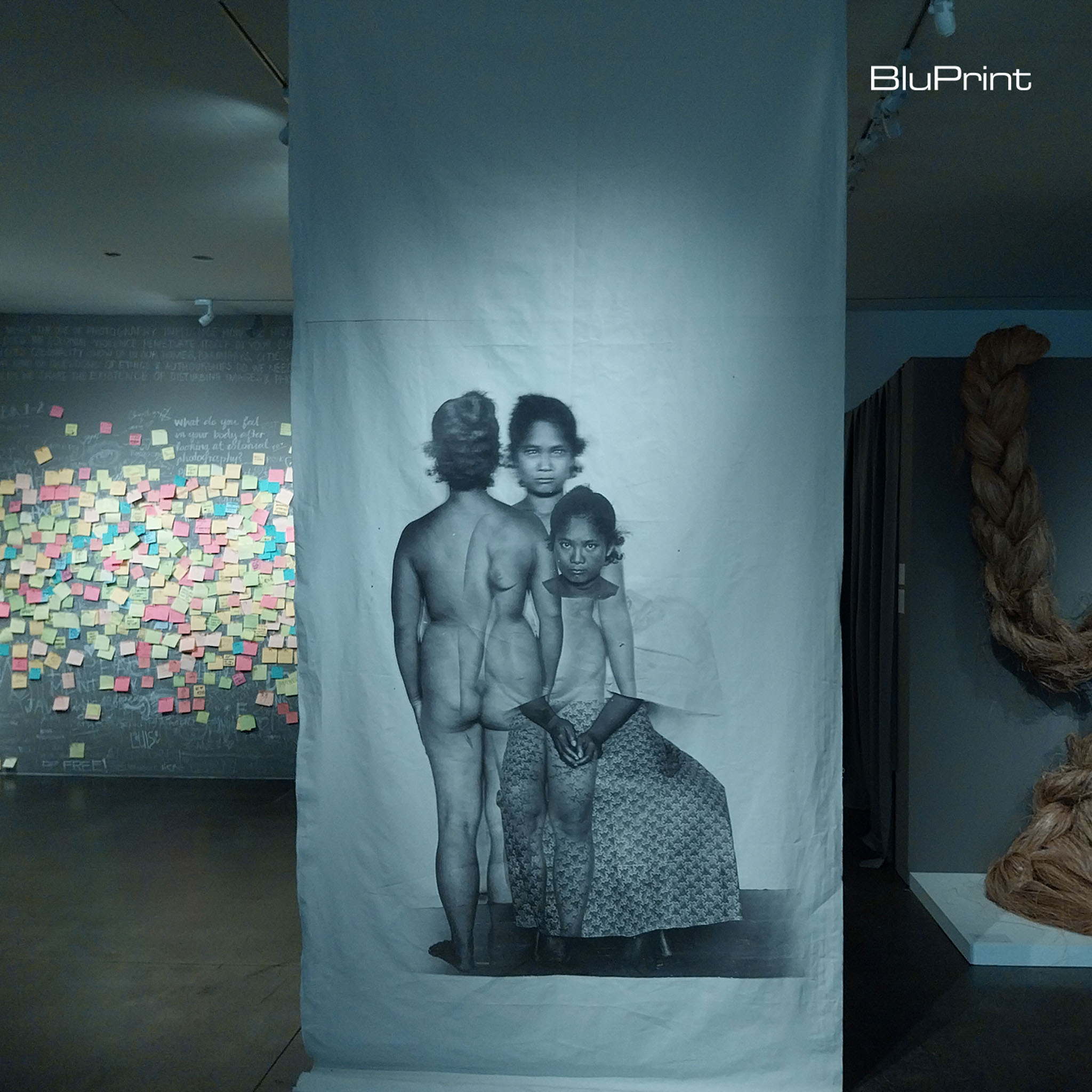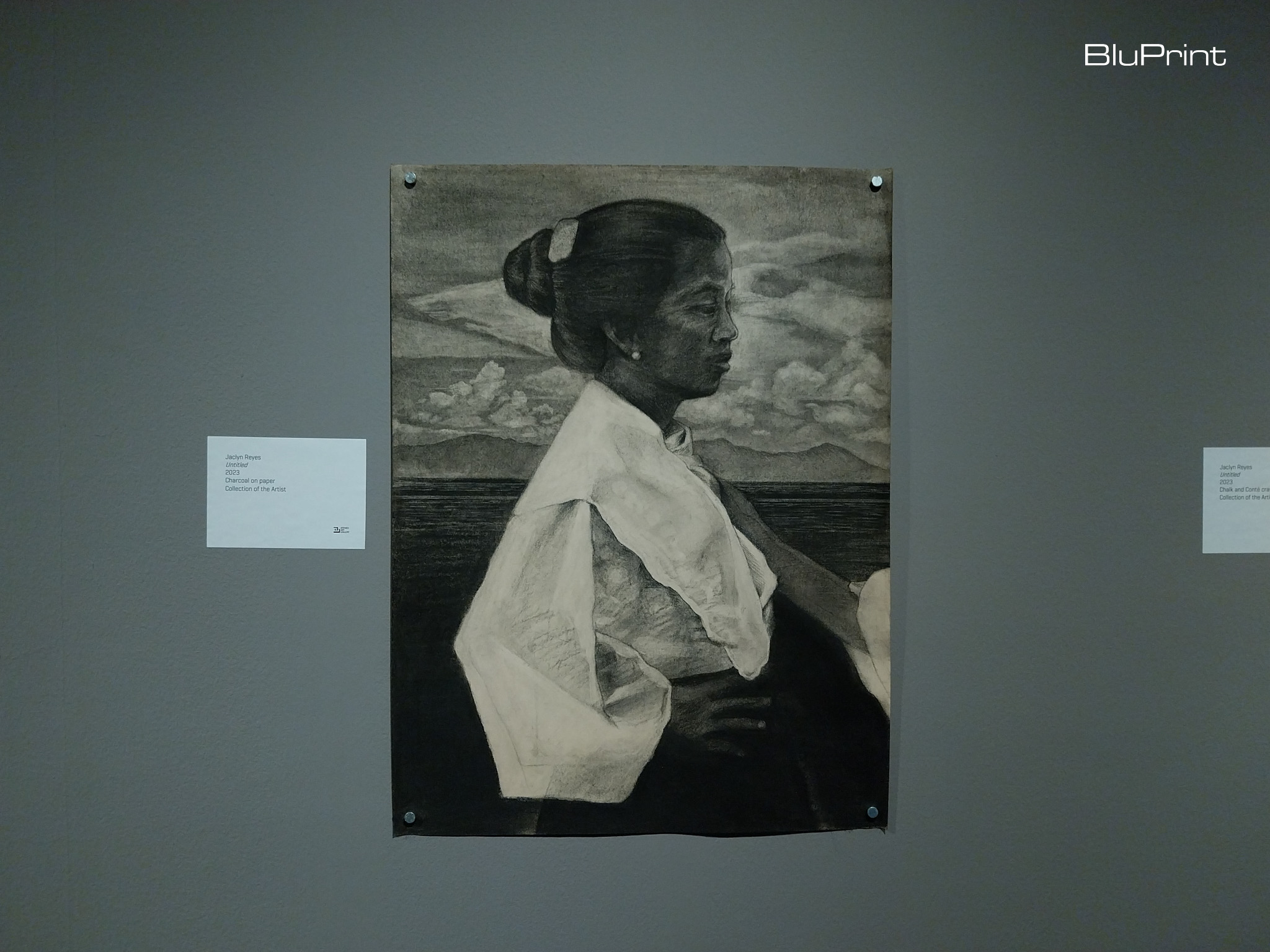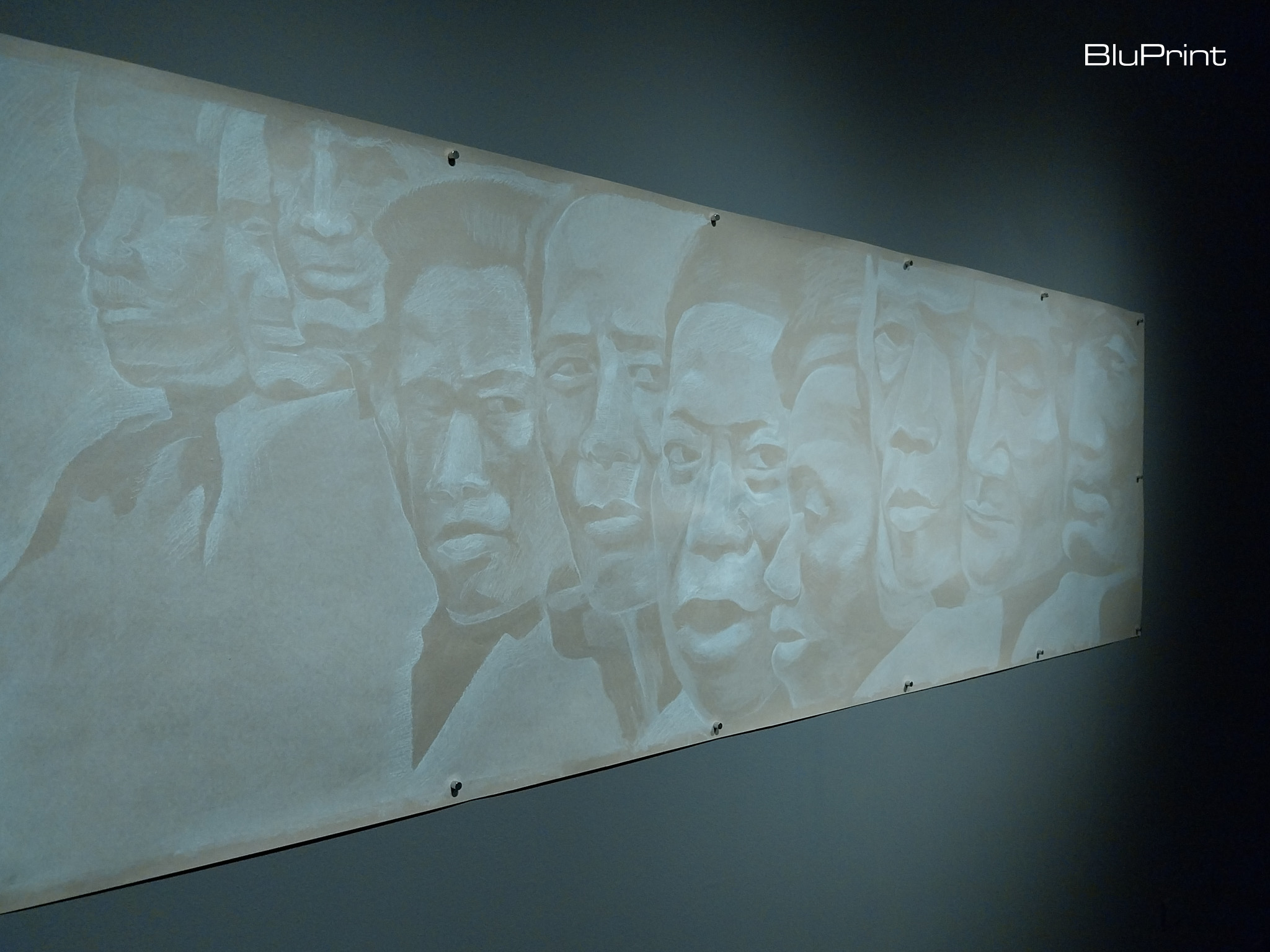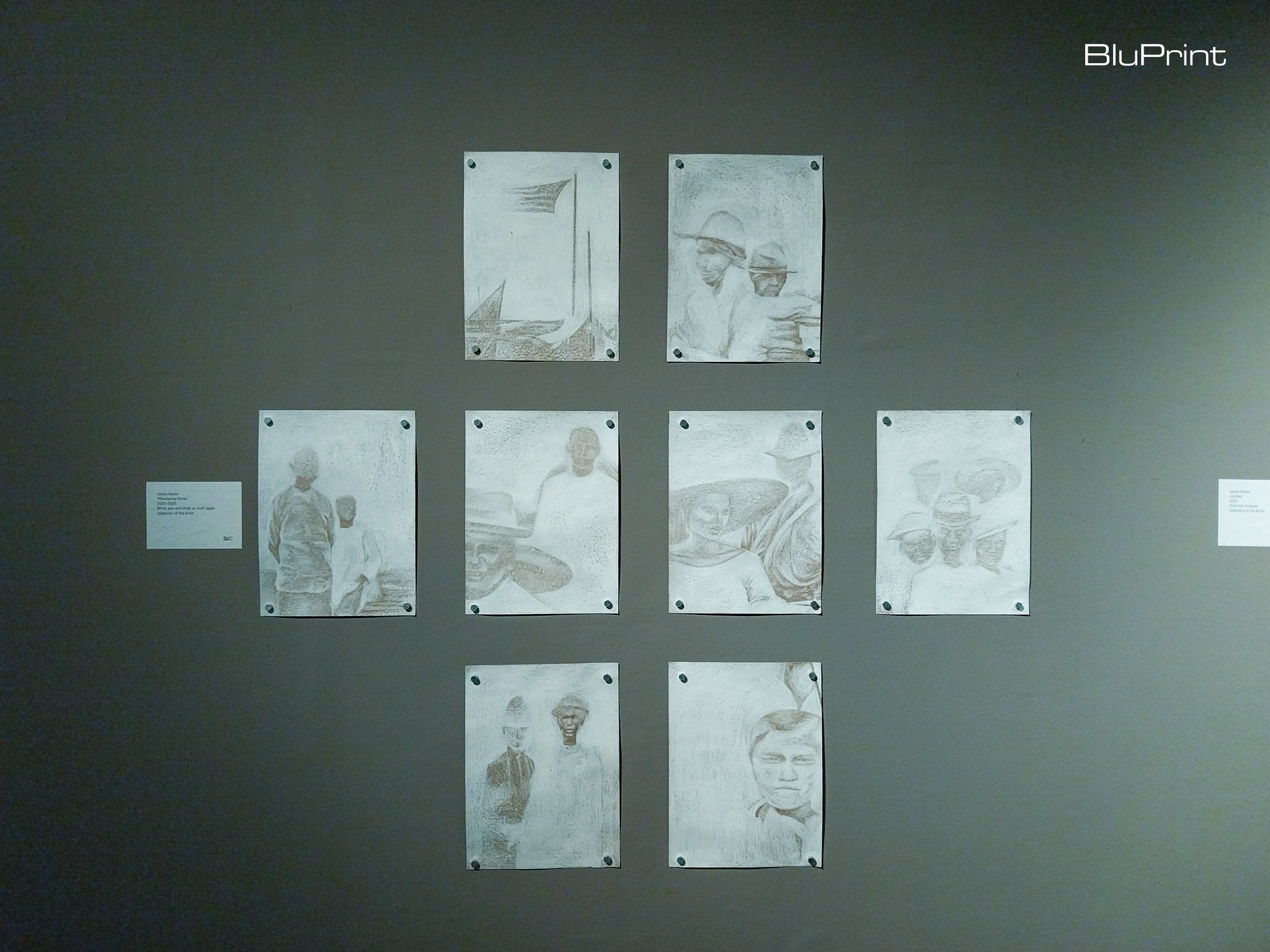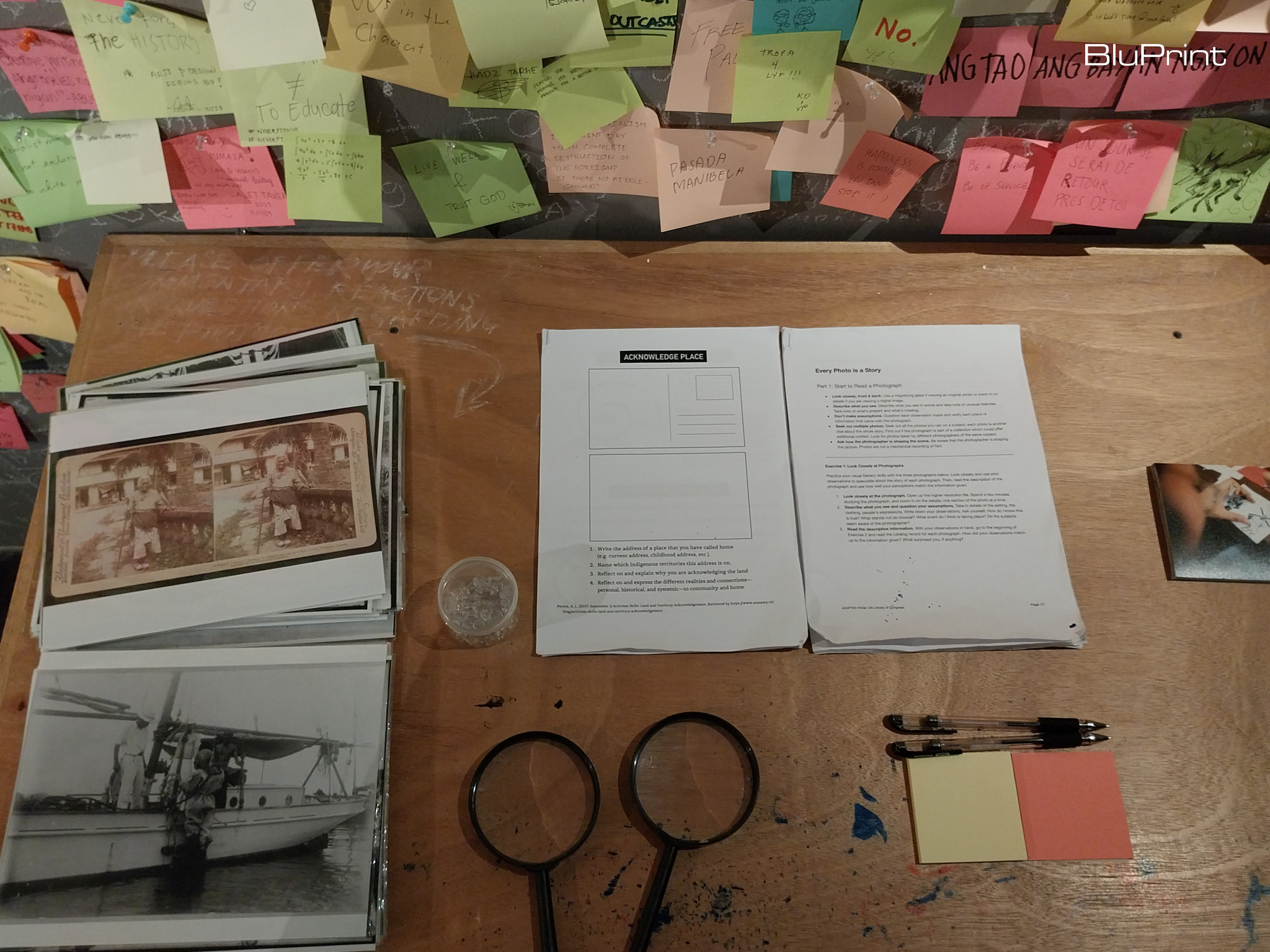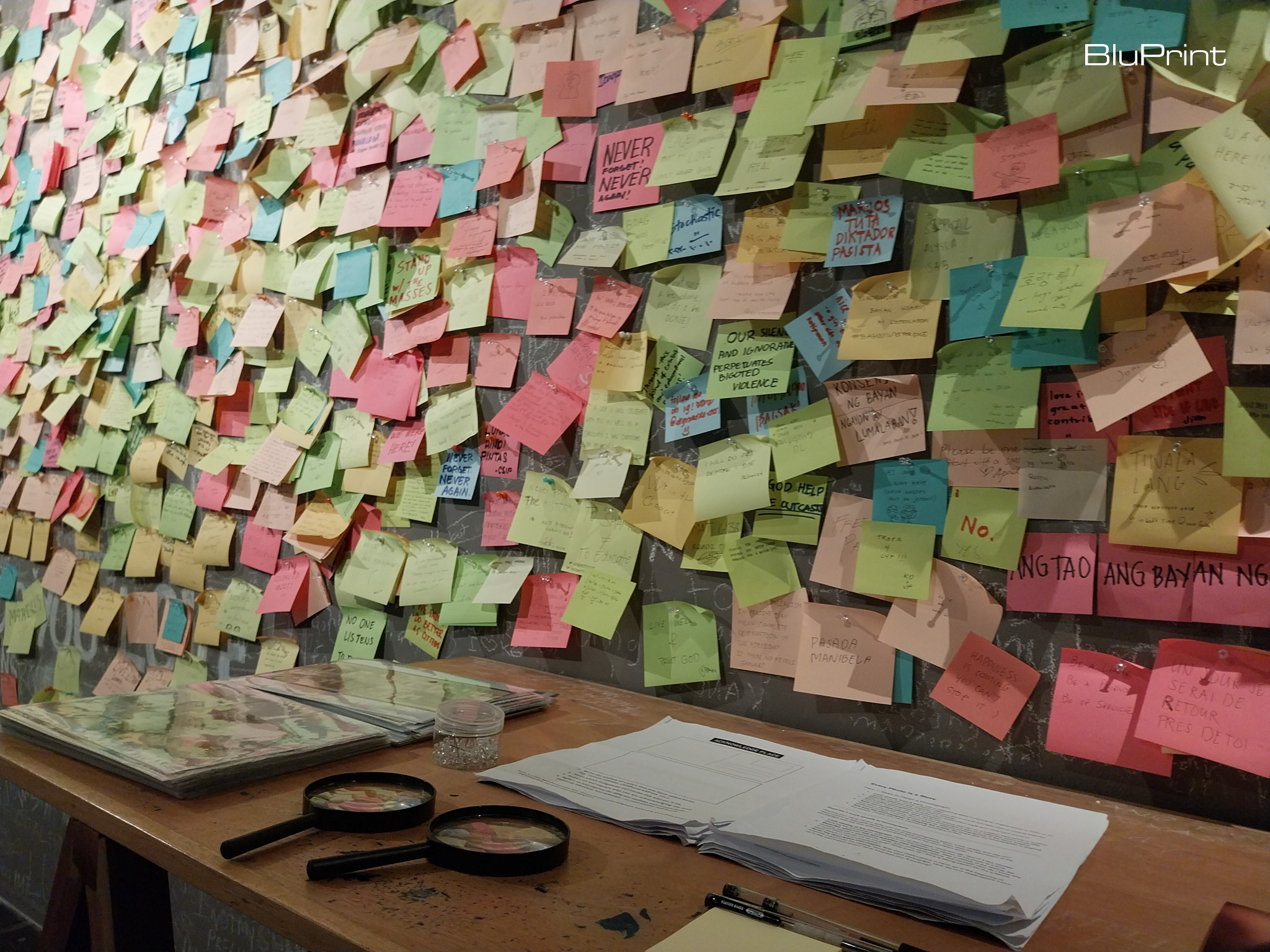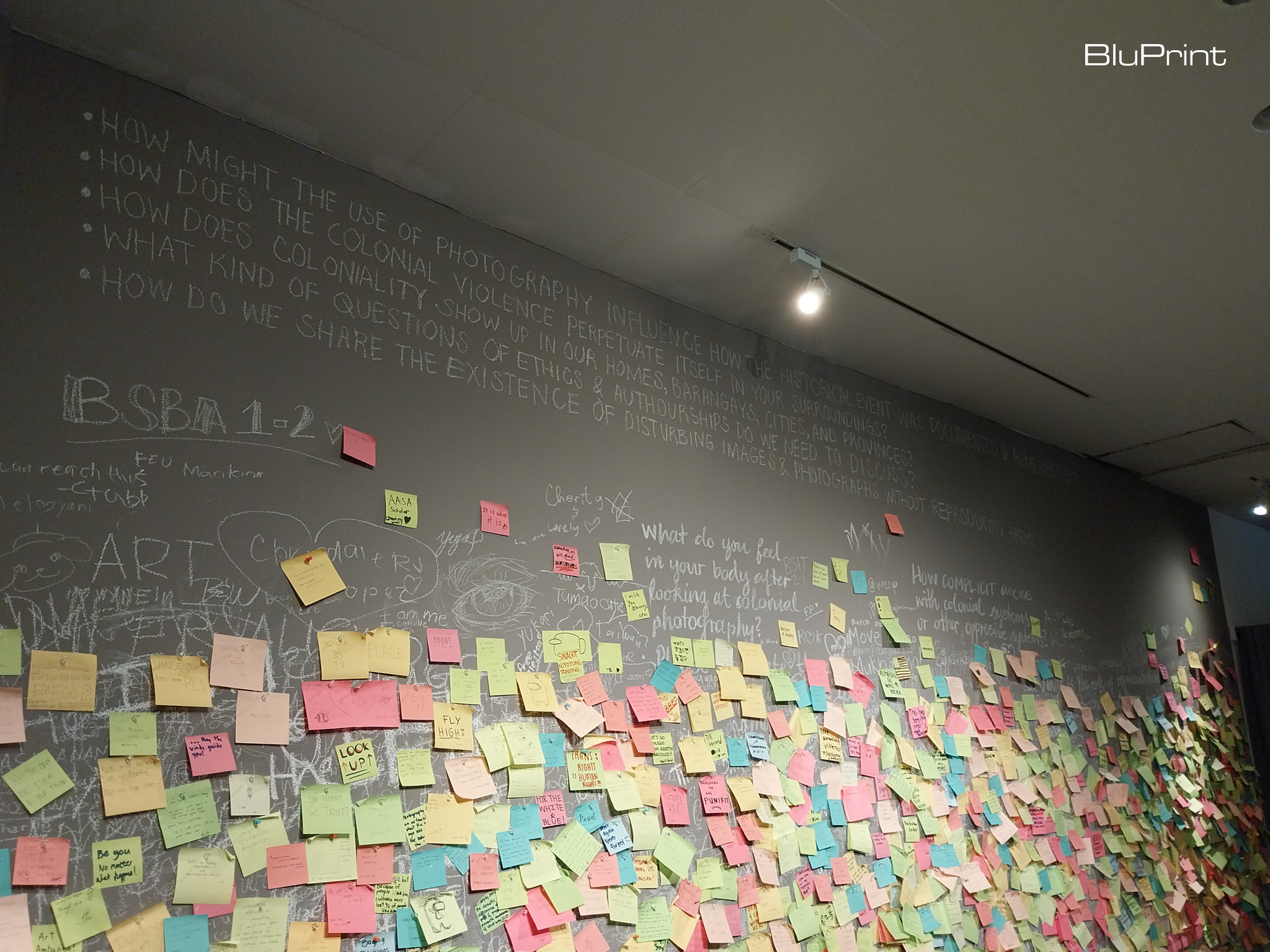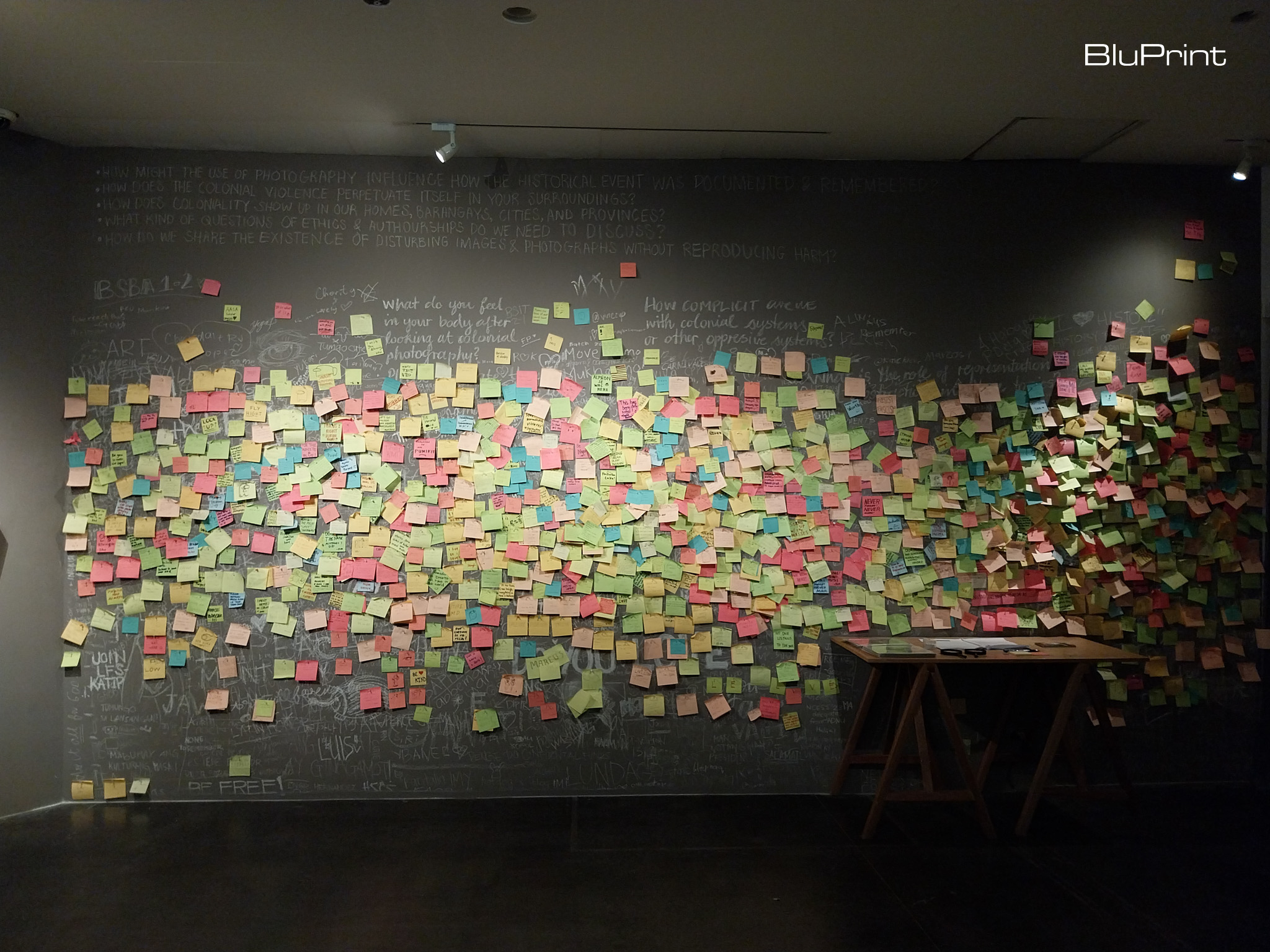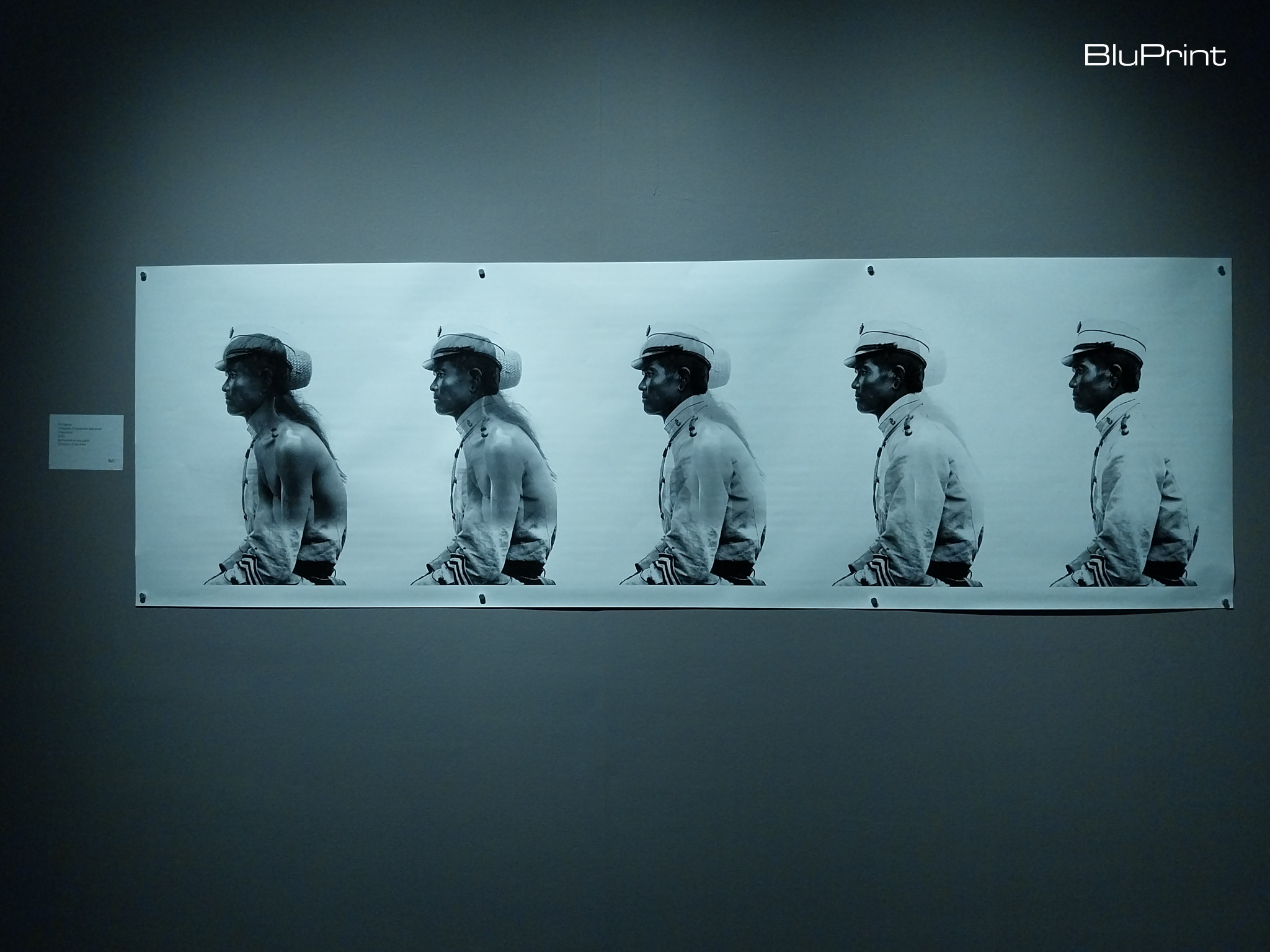
‘Snare for Birds’: Analyzing How We Look at Archival Data
Snare for Birds: Rereading the Colonial Archive is a multimedia art exhibit curated by Marika Constantino and Iris Ferrer. Held at the Ateneo Art Gallery, the exhibit features work by Kiri Dalena, Lizza May David, and Jaclyn Reyes, and discusses the topic of how we look back at our historical archive.
The exhibit builds upon the images of Dean Worcester, the former Secretary of the Interior of the country during its American colonial days. Worcester is well-known for his archive of photographs that pushes a nativist perspective of what the Filipino is. His loyalty to the American colonial project shows in these photographs, where the Filipino is viewed upon from a colonial lens.
As a project, Snare for Birds seeks to challenge these perspectives, in what Jaclyn Reyes called a “decolonizing ritual” to re-contextualize these images—and the power structures they represent—through a post-colonial and feminist lens.
Approaching Art Decolonially
The three artists approach colonialism and the Filipino diaspora from their own different perspectives. Dalena is based in the Philippines, while David hails from Germany, and Reyes from the United States. This creates tension within their collective work that forces us to examine how we interpret what we see.
Dalena’s provocative “Sequence” shows the shifting of the Filipino from a native warrior into a soldier of the Constabulary. It seems to use Worcester’s work to ask about how much our colonialism affected us. The images juxtapose a native warrior with a more modern soldier, and while the clothes change, the goals doesn’t seem to. It’s still the same kind of fighter, just in a differing context.
Abstraction of Decolonization
Dalena also has this giant photo collage of a naked woman superimposed with a young woman in a Filipiniana dress. It’s very jarring, and it seems to ask us questions about what we consider as respectable. The nudity appears to be the point, especially as it looks more solid than the Filipiniana dress, which lingers more in the background.
It seems like she’s inspecting how you’re looking at the woman’s body. Are you judging the body’s nudity? Is she lesser in your eyes because of the lack of clothing? It dissects the way we look at women in general, making us question what makes one woman more disente than another.
Meanwhile, Reyes’ approach is closer to abstraction. She uses charcoal on paper to draw the Filipinos in the past, giving it a swept-nostalgic look as if the figures themselves are fading away from view.
It feels like it’s recreating the Filipinos of the past from a faded memory. The methodology invites us to ask whether we are really remembering the Filipino as they were, if the memories we have of them are grounded in any reality.
Snare for Birds: Questioning Our Perspectives
The exhibit really makes you work in questioning how you inspect things. In the back of the room is an interactive exhibit where you get to inspect the archive photos yourself. It forces us to utilize our own critical thinking skills to see how our biases show up even in the work that we do.
The exhibit also has a section where we can share our own self-discoveries through post-its. The wall in the back of the exhibit is filled with observations of our everyday life, from rallying cries to small confessions. It creates the effect of making our own archive, of defining ourselves in our own words.
Dalena has an interesting multimedia work where she shows pictures of a dead soldier during the Philippine-American War. The caption to describe him is spare, as though he was unimportant. During the video, however, the artist talks about the different texts she consulted to get more context on who the man was.
It’s a provocative stripping down of all the assumptions made from the caption. The method shows how arbitrary the archives can be in classifying information. It shows that we ourselves need to take control of what’s significant for us and what isn’t.

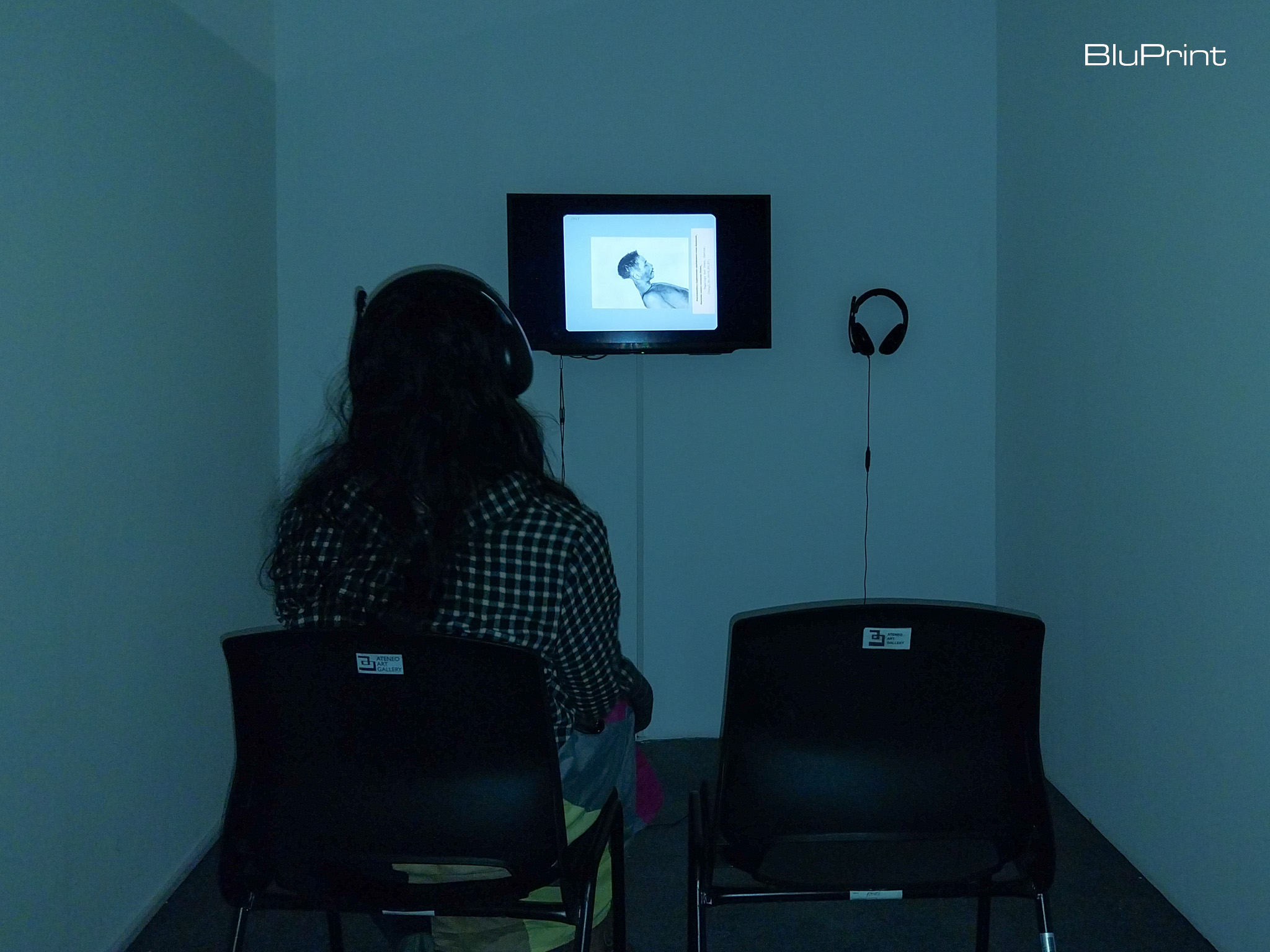
How Do We Look At Our Archives?
Snare for Birds questions the way we look at the facts. We always think that we can look at information objectively, but that’s not necessarily true. It can be colored by our prevailing norms, by dominant trends, by personal biases.
Information should be neutral, but even the concept of neutrality can be tainted by how we view reality. Is a lack of emotionality really neutral? Are the carefully-posed and curated photos of Worcester better at condensing what the Filipino is than our own lived experiences?

It’s an ongoing fight, and one that likely won’t end as we continue to deconstruct our history to understand it. Snare for Birds aids in giving us the tools we need to dissect how we view our history. We can use it to test its mettle against our reality and hopefully use our discoveries to define our futures.
The exhibit is currently viewable at the Ateneo Art Gallery until February 17. You can visit the website linking to the three artists’ research for more information on the pieces.
Related reading: Filipino Design: The Past, Present, and Future of Sustainability

